
Traffic congestion in the Greater Toronto and Hamilton Area (GTHA) has reached unacceptable levels and opinion polls consistently report that it is a top of mind issue for citizens. Building more transit and road infrastructure is the accepted way to combat gridlock but will cost the province well over $50 billion by 2031. Since the bulk of funds are not available, the promise of quicker commute times is primarily used to gain public support for a wide range of revenue tools to pay for the required investments. The majority of the tools that have been recommended to date — and subsequently rejected by the government and opposition parties — have, at best, a blunt correlation to transportation demand. However, research shows that, in the absence of comprehensive mobility pricing policies, new transit and road capacity induces more travel which ultimately leads to more gridlock. Other critical issues pertain to infrastructure project selection, financing, construction, asset management and evaluation as well as the need for political leadership and public trust.
The Solving Gridlock Forum’s agenda set out to resolve the GTHA’s congestion conundrum, separate the truth from the public relations propaganda, select the most cost-effective projects and increase citizen support. Together with several experts and mayoral candidates, we learned that:












Below is a sampling of news that ended up on the web as a result of the Solving Gridlock Forum’s mayoral debate — the first-ever debate of its kind held in Toronto.
Articles:
Radio:
TV:
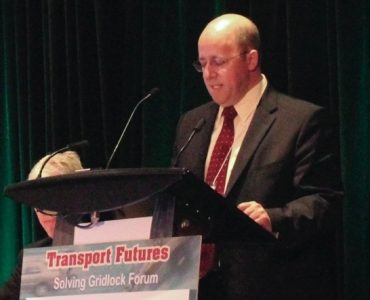
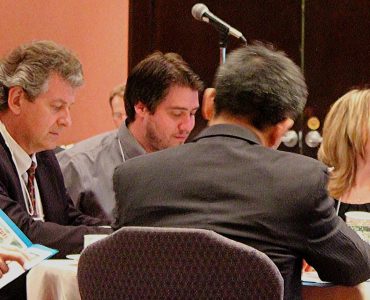
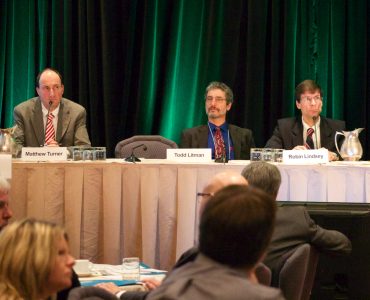

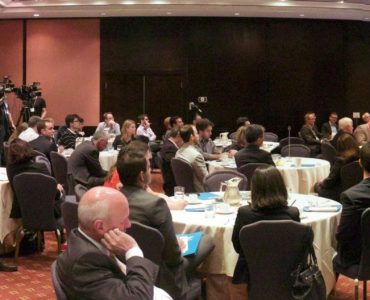

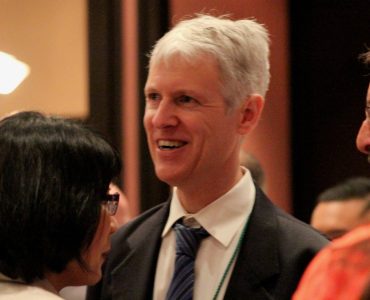
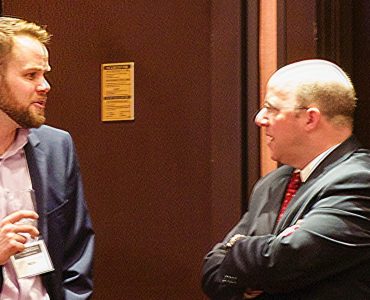
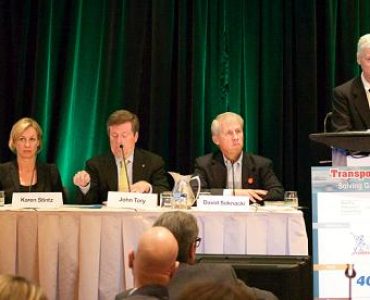
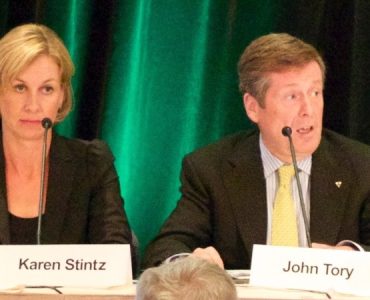
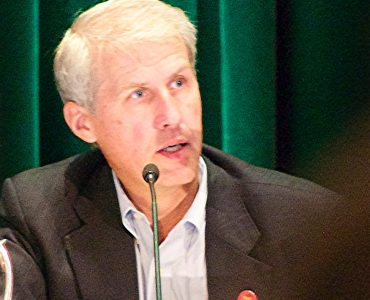


The Solving Gridlock Forum was generously sponsored by the Residential and Civil Construction Alliance of Ontario (Platinum), 407 ETR (Gold), the Consulting Engineers of Ontario (Bronze) and our Supporter: e-RegisterNow.
Transport Futures
is a project of
Healthy Transport Consulting